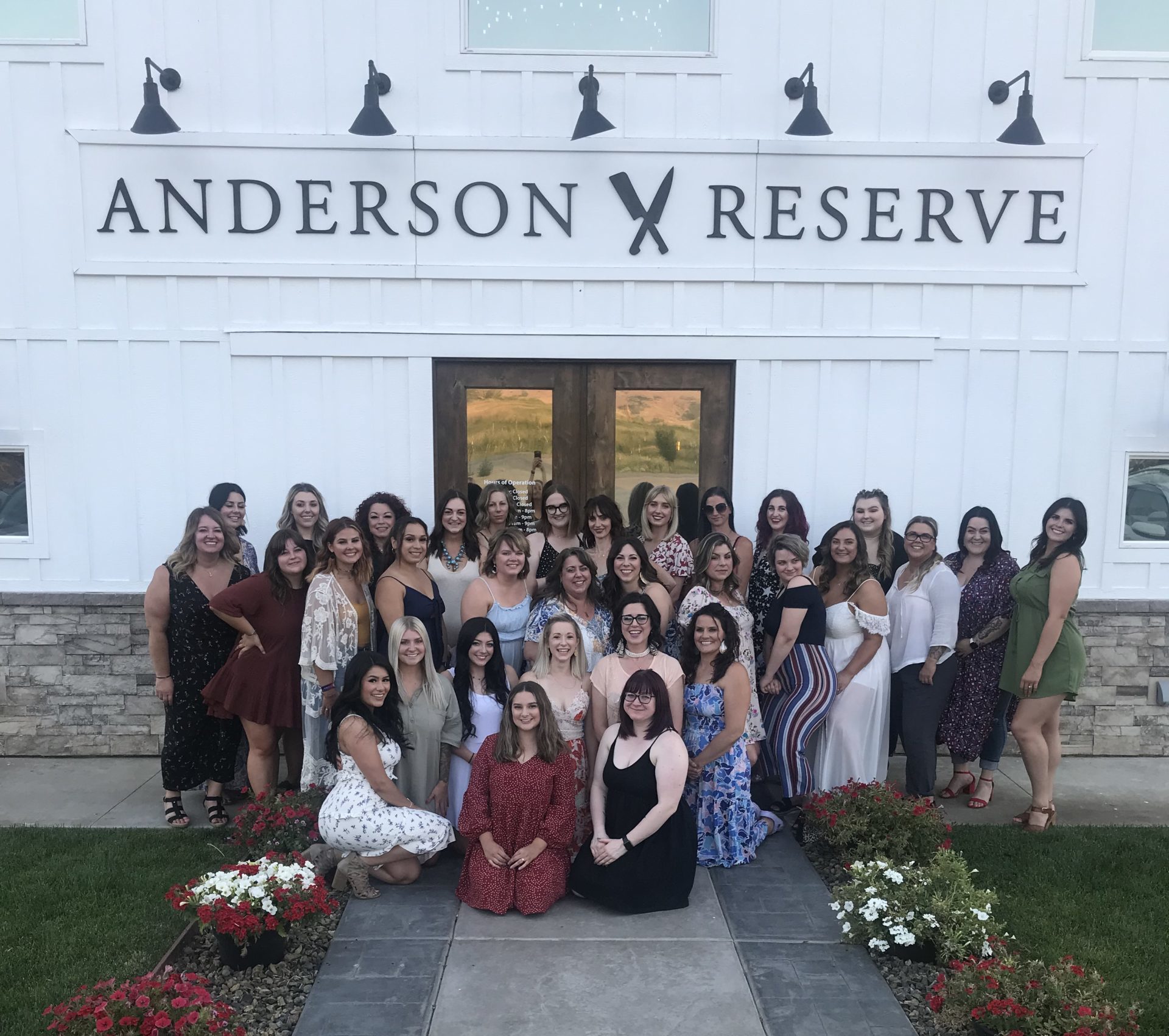During the Covid-19 pandemic, Mechele Duke, owner of the well-established Rain Salon and Spa in Meridian, Idaho, lost 12 of her people who left the beauty industry for good. It’s a familiar story across the industry. But instead of panicking, Mechele looked around for ways to make her business more secure and attractive to service providers. Then she found Vish.
Three months later, Mechele’s color costs had plummeted by 31% while her revenue had jumped by almost $15K. Such delightful numbers might have any other salon owner eyeing up new real estate or browsing fabulous holidays online. But Mechele recognized it as the opportunity she’d been looking for to become the first salon in her region to set up 401Ks for her employees.
How Profits Can Benefit Everyone
“I love Vish, but the main reason I bought into it was what the promise of lower costs and guaranteed color revenue allowed me to do for my team. The biggest challenge we face in this industry continues to be recruitment and retention of good people,” says Mechele, who opened Rain as an Aveda salon 14 years ago.
“My business can’t flourish losing people like I did during the Covid crisis. I want to attract and keep the best so I offer paid health insurance, paid time off, free education, and flexible scheduling, and now, thanks to Vish, I’m offering 401Ks.”
The team, perhaps more aware of the future after the experience of lockdown, have embraced the offer for long-term financial security. But Vish has also had a positive effect on the team’s attitude to how they dispense color.
Slashing Color Costs
“It is difficult to get stylists to accept what they’ve always done, and what they were taught might not be correct,” she says. “It took installing Vish for them to realize they could get great results using just 25 grams for a root retouch rather than 40 grams. Vish cuts waste and therefore, cost.”
“My weekly color costs are down from around $3,000 to $1,500. That’s an incredible savings.”
The team’s enthusiasm to reduce waste also had a lot to do with who was paying for the color. The ability to separate service and product costs means Rain Salon clients are now charged for their service, with the color costs added to the ticket. Vish also picks up all those previously unpaid-for services like additional toners that were often simply left off the ticket or discounted.
“When suddenly it was the client paying for the color, the team was much more motivated to cut back on what they dispensed than when I was paying for it,” Mechele adds. “Understandably, they don’t want their clients to pay more than they need to.
“I’ve hit that sweet spot of higher revenue with lower product costs and I can reinvest it back into my team.”
